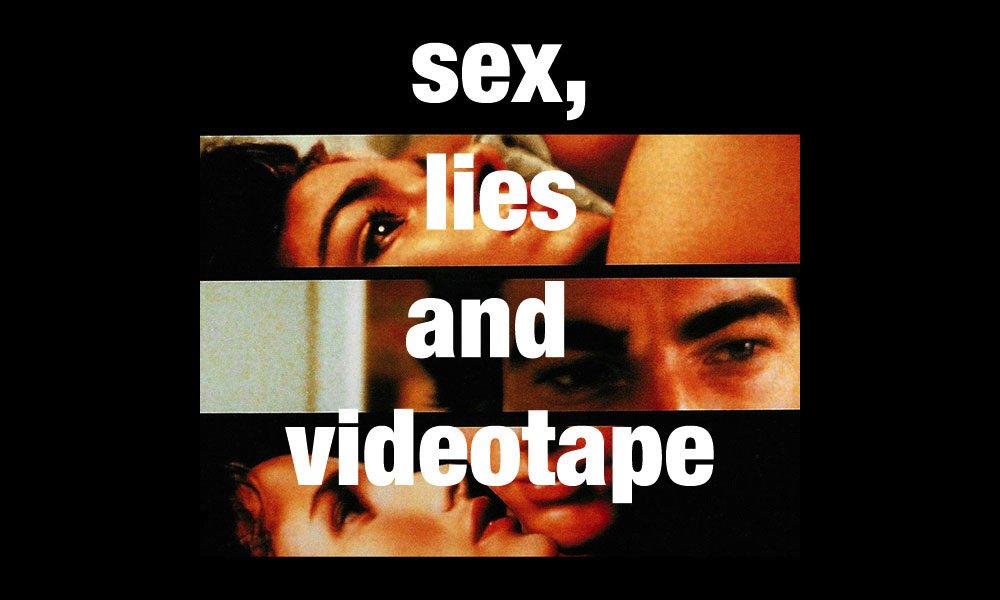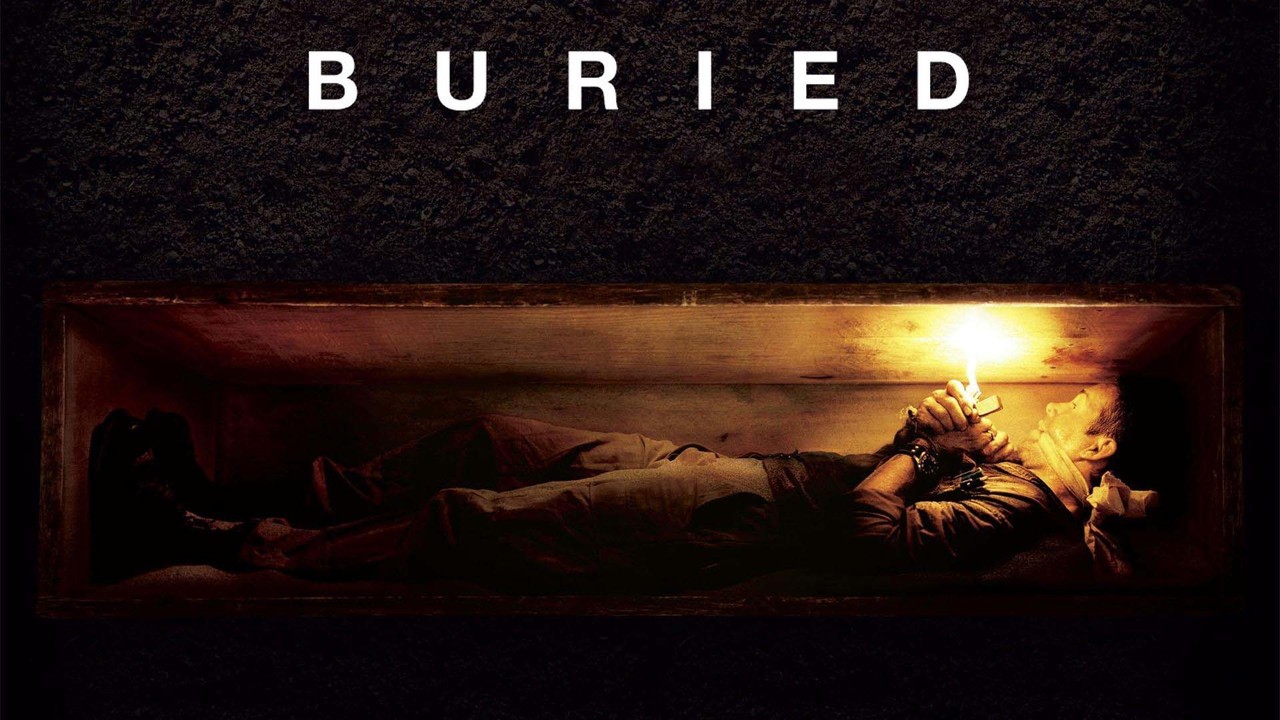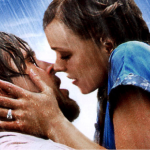How to Write An Impactful Low-Budget Feature

by Johnny Papan
When it comes to modern-day cinema, there are a few key elements that will make or break the chances of your film getting made. One of the most important: money. With the millions upon millions of dollars it costs to produce a movie, it’s no surprise that dollar signs light up in the eyes of producers. They want some kind of financial return when investing in a screenplay. There seems to be a formula in this day and age that will justify a movie turning profit. A few of them being:
- It’s based on a work that already exists and has an established fanbase.
- There are elements of unworldliness or fantasy.
- A well-known actor or director is attached to the project.
For all the Hollywood big-wigs this is fine and dandy. They’ve earned the right to blow stuff up on camera for cash. But what about the unknown up-and-comers? With each passing day, it’s getting harder for the average writer to get a producer to look at their script. There are plenty of tips and tricks filmmakers can implement to try and get their work noticed, but the most important element of all is still the story.
Now when I say story, I don’t just mean the chronological events that take place. The fine details are what really give a tale life. The characters’ relationships, interactions, and tests of moral compass. Though many novice writers may want to decorate their first script with crazy fight-scenes and high-speed chases, there is value in stripping away the theatrics for a simple, impactful story. One that uses minimal locations and strong character dynamic.
Writer-director Steven Soderbergh’s 1989 classic Sex, Lies, and Videotape is a perfect example of this stripped down style of filmmaking. As the title suggests, the story is a simple-yet-lustful tale that revolves around four characters: an innocent housewife, her lawyer husband, her free-spirited sister, and a reserved vagabond with an unnerving charm. The film revolves entirely around these four, with only a couple of secondary characters.

An edgy offering on sexuality, this dramatic independent film utilizes characters that are well-contrasted with each other and have intriguing complexities that shine light upon the grey areas of human behavior. The substance is filled through dialogue, character relationships, and an interesting cinematic style. It separated itself from the Hollywood blockbusters of its time. Steven Soderbergh, who made his feature-film directorial debut with Sex, Lies, and Videotape, journaled his experiences during production. He soon released the entries as a book. Sex, Lies, and Videotape won the Palme d’Or at Cannes Film Festival in 1989 and is often regarded as the film that revolutionized independent cinema.
The 2010 thriller Buried is an even simpler concept. The film’s protagonist, portrayed by Vancouver’s own Ryan Reynolds, wakes up trapped inside of a buried casket with no recollection of how he got there. Bound by the wrists, he finds a lighter and cellphone. He uses the phone to communicate with other characters in the film, including phone operators trying to help him and the antagonist who put him there.

The entirety of this feature takes place inside a casket One character, one location, and a few voices over the phone (plus a couple characters appearing in a cellphone video.) Reynold’s anxiety-drawn performance brings emotional attachment to the audience, tugging at our heartstrings in hopes he’ll be saved. Screenwriter Chris Sparling does a masterful job of continuously raising the stakes. The filmmaking team’s use of tight cinematography has you feeling trapped inside of the coffin with our main character, suffocating alongside him, drawing more empathy through deep immersion. Buried ends with a down-to-the-wire, intense climax.
What made Sex, Lies, and Videotape and Buried so plausible was their simplicity and minimalism. They rose with uniqueness, intensity, and relatability of their characters and plot. In the eyes of producers, these films were considered low-risk investments because not much was needed to make the film work. This means less money spent. Thus, the then mostly unknown filmmakers were given the chance to create renowned pieces.
Finding a producer to read your work can still be a daunting task. However, not all films need to be backed by big-movie producers these days. With the lowering cost of high-quality camera gear, D.I.Y. filmmakers are making strides on the independent film scene. With some filmmaking know-how, you can create low budget stories revolving around resources that are already at your disposal. Therefore, the film will be easy on your wallet and attainable for self-production.
Let’s look at the 2007 horror hit Paranormal Activity. This independent film was completely produced and filmed by Oren Peli inside of his own house, using a home video-camera. The film focuses on two characters inside of a haunted house. Paranormal Activity was shot on an incredibly low budget ($15,000) and went on to gross over $193million dollars. The film became a sensation with its raw, realistic approach and would spawn five more financially successful pre/sequels. A nobody in the eyes of Hollywood before the film’s release, Peli is now a successful movie producer with his name on such projects as the Insidious franchise as well as Rob Zombie’s The Lords of Salem, to name a small few.
It’s worth mentioning that horror is a solid starting ground to get your name out there. Many marvel filmmakers behind Hollywood’s biggest blockbusters made their debuts shooting low budget horror including Steven Spielberg, J.J. Abrams, Peter Jackson, Francis Ford Coppola, Guillermo Del Toro, and even James Cameron.
If you are looking to make your own low budget, independent film or sell your script to a producer, two characters having a conversation in a bedroom (possibly your bedroom) if well-written and meaningful can have a much greater effect on the audience than a five-on-five gang face off in the middle of a casino. But it’s up to you to create a simple, unique story with interesting and relatable characters.





